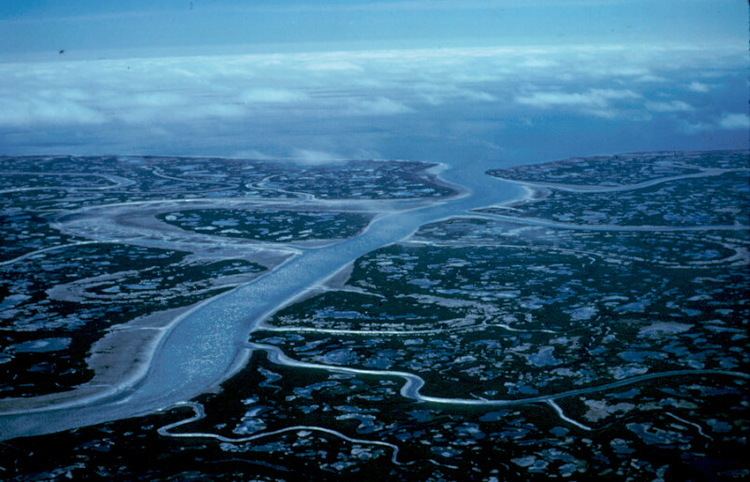Established 1980 | Phone +1 907-543-3151 | |
 | ||
Governing body U.S. Fish and Wildlife Service Management United States Fish and Wildlife Service Area 19.16 million acres (77,500 km2) Similar LeConte Bay, Icy Strait, Selawik National Wildlife R, Misty Fiords National, Kodiak National Wildlife R | ||
Alaska s yukon delta national wildlife refuge
The Yukon Delta National Wildlife Refuge is a United States National Wildlife Refuge covering about 19.16 million acres (77,500 km2) in southwestern Alaska. It is the second-largest National Wildlife Refuge in the country, only slightly smaller than the Arctic National Wildlife Refuge. It is a coastal plain extending to the Bering Sea, covering the delta created by the Yukon and Kuskokwim rivers. The delta includes extensive wetlands near sea level that are often inundated by Bering Sea tides. The refuge is administered from offices in Bethel.
Contents
U.S. President Theodore Roosevelt first set aside southwestern Alaska refuge lands in 1909. Other lands were added through the years until December 2, 1980, when President Jimmy Carter signed the Alaska National Interest Lands Conservation Act (ANILCA) into law, which created the Yukon Delta National Wildlife Reserve by consolidating existing refuges and adding additional lands. The large islands Nelson and Nunivak are also located within the refuge.
It is home to about 35 villages and 25,000 people, many of Yup'ik Eskimo origin and dependent on a subsistence lifestyle.
Wildlife
The refuge's coastal region bordering the Bering Sea is a rich, productive wildlife habitat supporting one of the largest concentrations of water fowl in the world. More than one million ducks and half a million geese use the area for breeding purposes each year. There are also very large seasonal concentrations of northern pintails, loons, grebes, swans and cranes. Often, some of the 150,000 plus Mulchatna caribou herd migrate onto the eastern tundra areas during the fall and winter. Walruses, seals, and porpoises can be found in the waters as well as beluga, gray, and minke whales.
